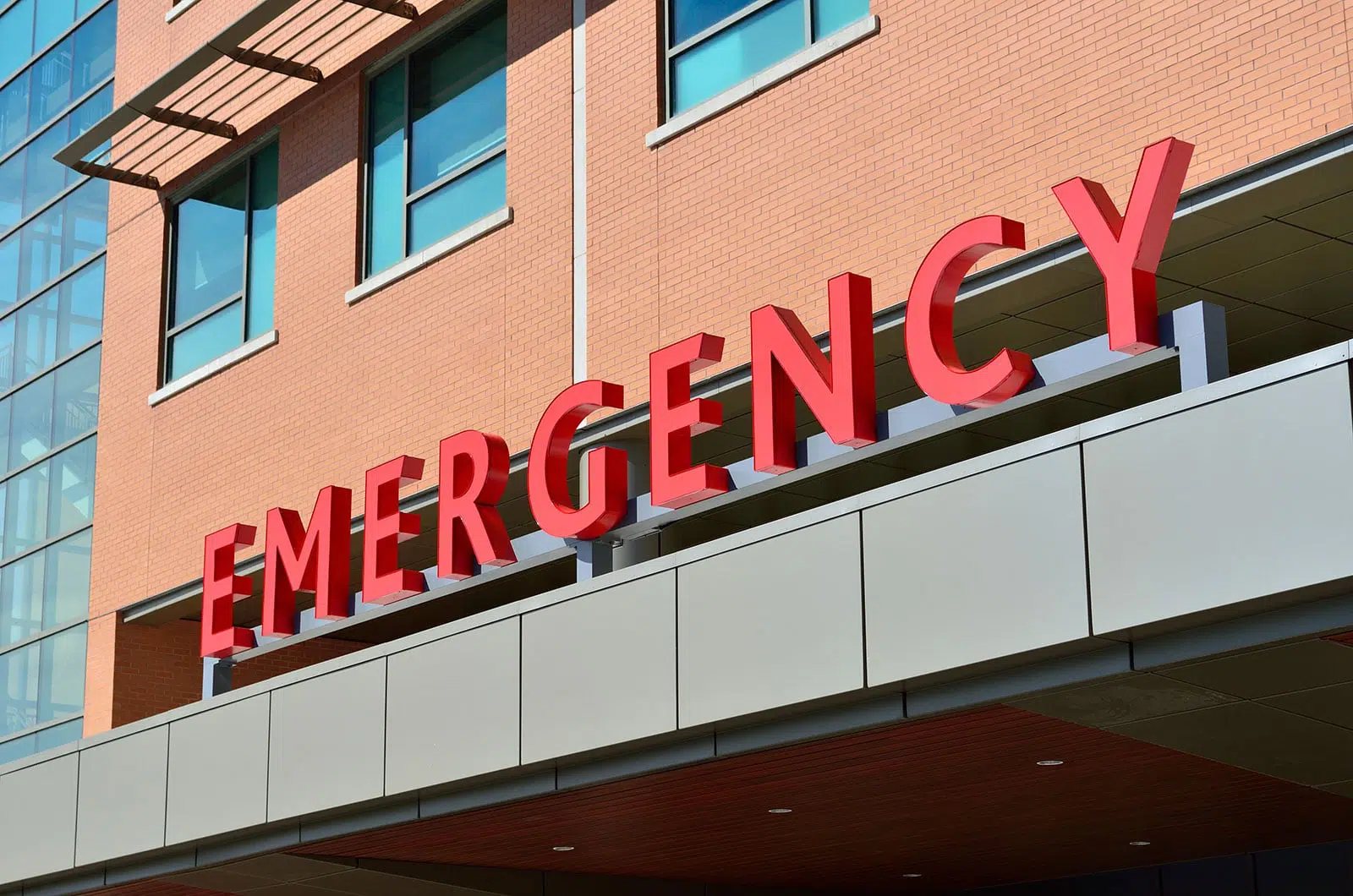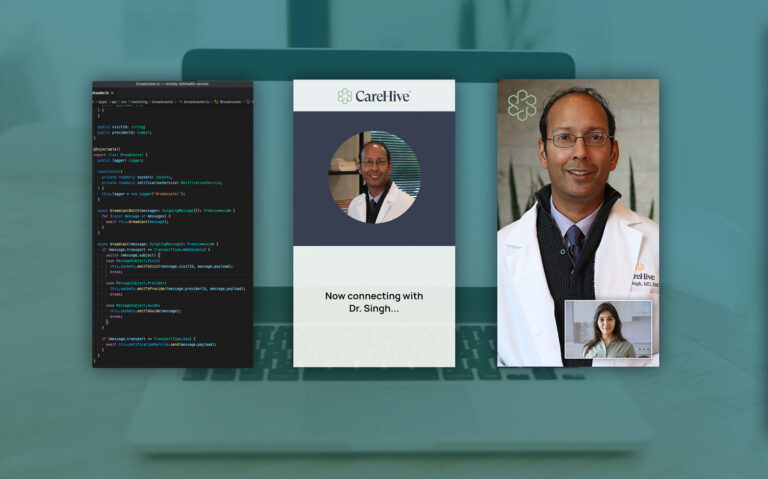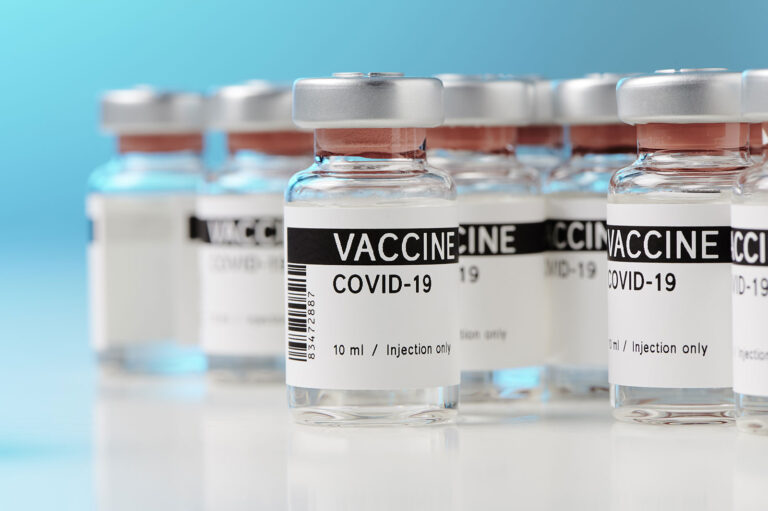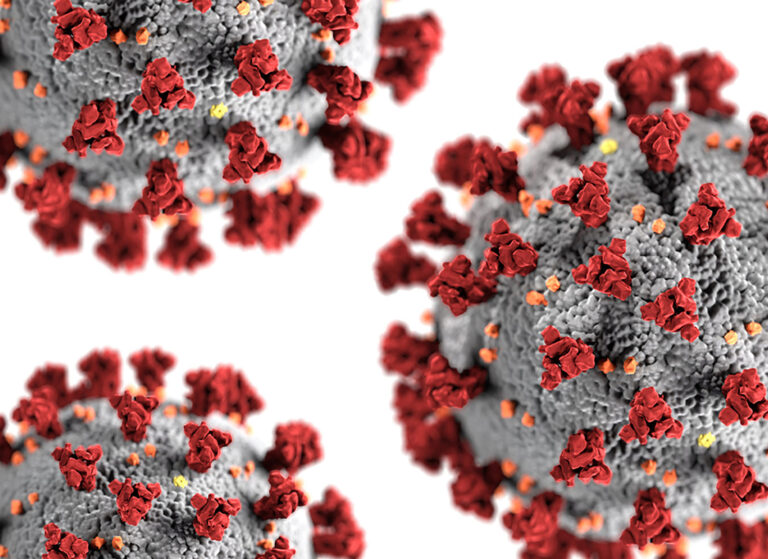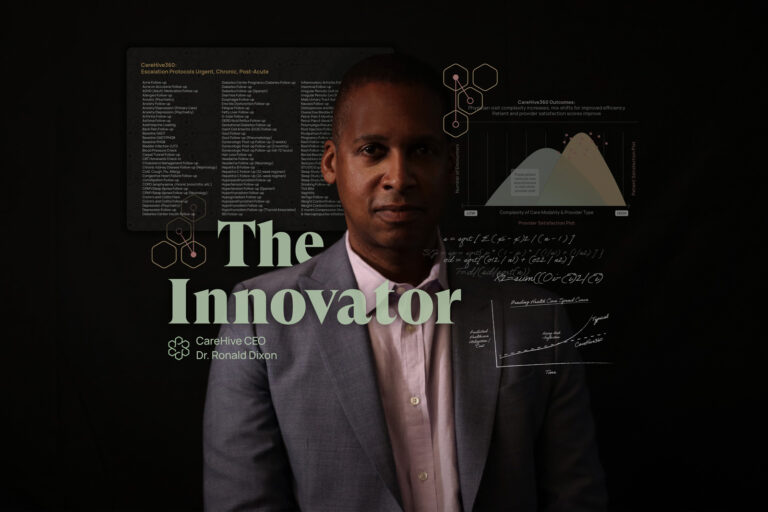Importance of Navigation in Post-COVID Era
It’s long been acknowledged that we in the US lean a bit too heavily on our urgent care centers and emergency departments for healthcare. This is more than hypothesis—a 2017 study found that 48% of hospital-associated care is delivered in the ED! According to one commercial insurer, two-thirds of these visits are avoidable or not medically necessary, resulting in annual excess expenses of $4.4 billion to $32 billion per year. High facility, imaging, laboratory, and pathology fees ensure that the cost of the ED dwarfs that of a physician’s office.
The reasons for ED overuse are myriad. For starters, being a savvy consumer of healthcare is hard. When unsure about the seriousness of a case, and absent expert guidance, it’s natural to elect rapid, intensive care in an ED. Better safe than sorry, especially when Dr. Google tells you there’s a possibility that you’re dying in response to just about any symptom query. Beyond security, EDs are the common choice after-hours and when other providers are inaccessible—these scenarios accounted for nearly one-fifth of US adult ED visits in 2014. Unfortunately, the ED is not only more expensive, but also often unnecessary, outside of the medical home, associated with risks of nosocomial infections, and often congested, preventing people in need of serious medical attention from getting it.
Attempts to move the needle on ED utilization throughout the country have historically fallen flat (in fact the number of visits per capita increased 24% between 1995 and 2016). The health system’s response to COVID-19 has shown a glimmer of what is possible when there are better-aligned incentives and updated privacy and site of care regulations. There were 42% fewer ED visits in April 2020 vs. April 2019, a major year-over-year decline. There are valid concerns that this decline may be attributed to delayed necessary care, but some studies have suggested that outpatient ED visits for urgent conditions remained relatively stable during the pandemic, while those coded as avoidable and preventable fell considerably. Good news? Partly. On the plus side, ED visits declined. But these analyses did not report what happened to those people who had “preventable or avoidable” conditions—such as acute asthma exacerbations, epigastric pain, or fatigue/weakness—who presumably forwent ED care in 2020. One would hope they received the right level of sub-acute care that was warranted, but were they equipped with the tools to find and access what they did need?
People have shown since March 2020 that they are willing to use alternate care modalities and stay away from the ED when it’s not absolutely necessary. This brave new world of acuity-appropriate healthcare consumption isn’t going anywhere, but we’re only witnessing version 1.0 en masse, where extremes of care have been established: a/synchronous telemedicine on one end, ED on the other. Versions 2.0+ (i) help patients decide when the ED is necessary and (ii) use evidence-based protocols to direct them to the appropriate level of care—anywhere along the spectrum—when it’s not. Companies who have embarked upon v2.0—eg, One Medical, ChenMed, and CareHive—have shown the value of matching the care setting to the clinical need and directing patients to the highest value care, with quality results in all aspects of Institute for Healthcare Improvement’s Triple Aim.
COVID-19 has spurred a revolution in healthcare, sending us on a path toward a system in which people receive the lightest dose of healthcare possible at the most meaningful moment for them. This can only be done at the population level by harnessing the speed, flexibility, and scalability of digital. 85% of Americans have smartphones, 63% of shopping occasions begin online, and Google fields more than 1 billion health-related questions every day—the time is now to scale a digital front door to healthcare. If done well, digital-first, user-friendly care navigation services promise to improve patient health, boost patient satisfaction, bolster bottom lines, and free up EDs for people who really need them.
